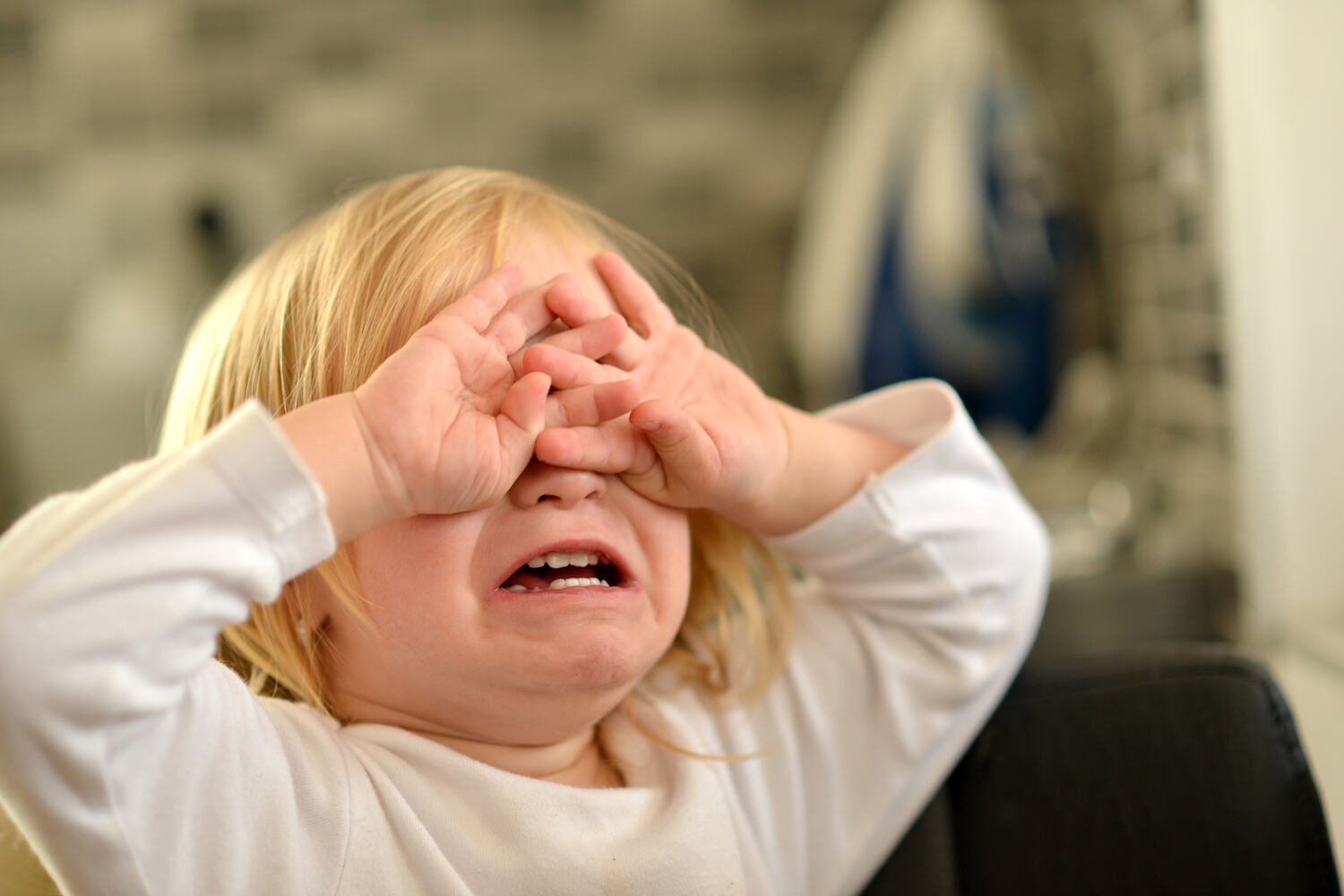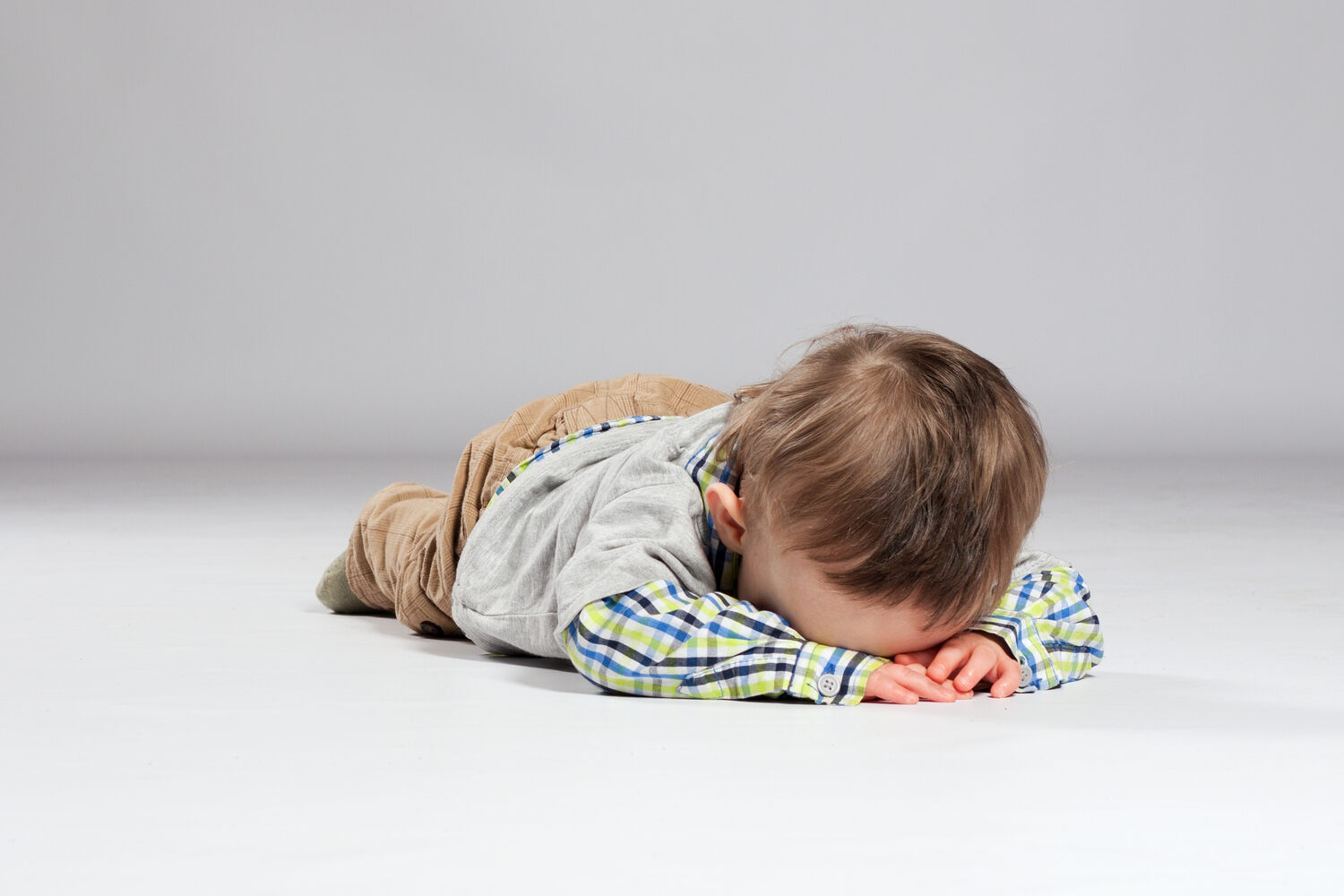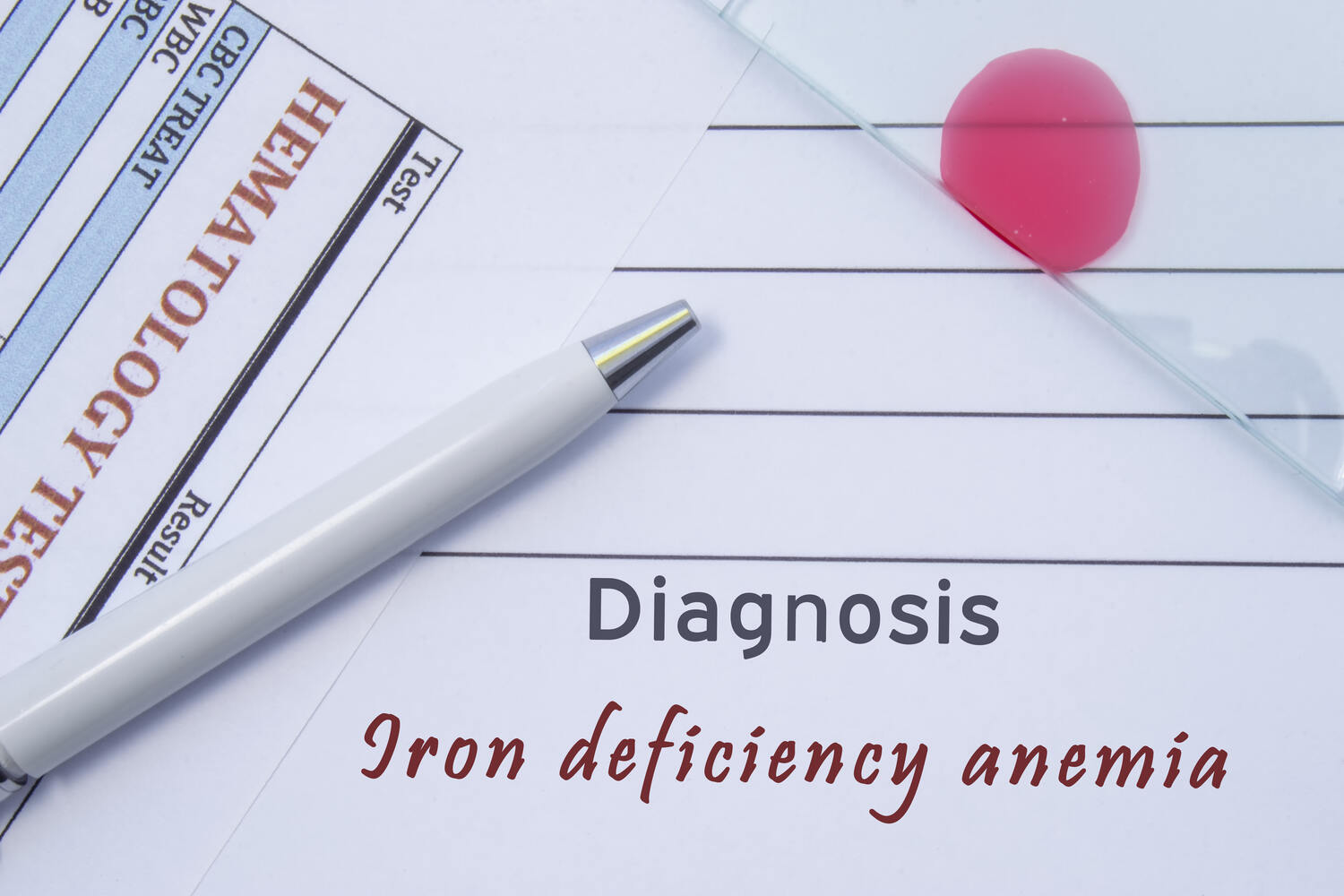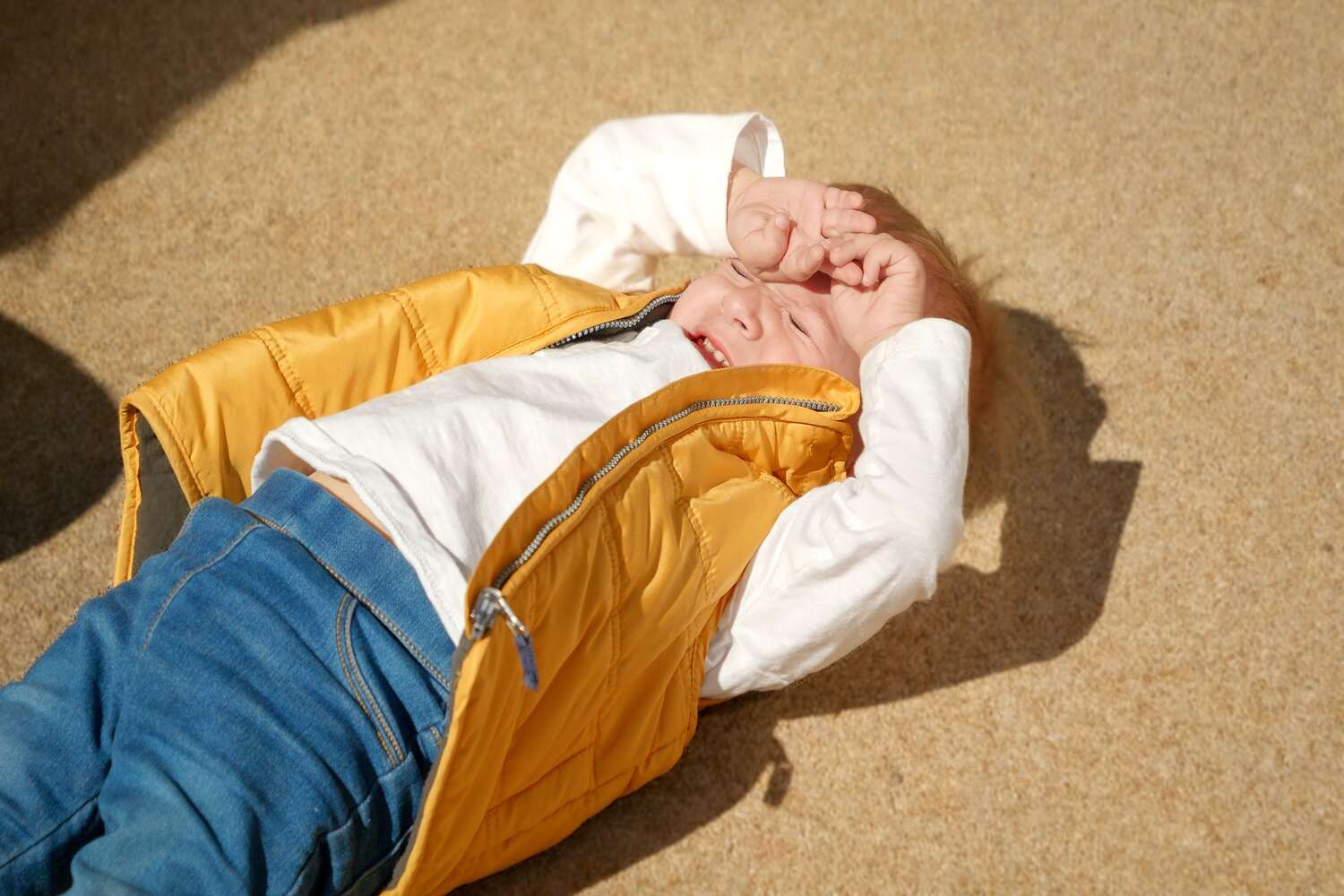
Toddlers can give you a tough time any day. They are always ready to throw a big tantrum whenever anything upsets them. Most of the time, these tantrums are a normal part of their terrible twos phase. These temper tantrums can range from excessive crying to screaming, hitting, shouting, and breath-holding spells in toddlers.
Breath-holding spells in toddlers are enough to send any parent into a panic attack. Some toddlers hold their breath when they are upset or in pain, while others hold their breath till they pass out. Read on to understand what breath-holding spells in toddlers are, what to do during one, and when to take medical help.
In This Article
- What is a Breath-holding Spell?
- Types of Breath-holding Spells
- What Causes Breath-holding Spells in Kids?
- Are Breath-holding Spells Common in Toddlers?
- What Are The Symptoms of Breath-holding Spells?
- What to do if Your Toddler Experiences a Breath-holding Spell?
- When to Take The Toddler to The Doctor After a Breath-holding Spell?
- How to Prevent Breath-holding Spells in Toddlers?
- FAQ’s
What is a Breath-holding Spell?

A breath-holding spell is a short period when your little one stops breathing. This is an involuntary reflex that usually immediately follows an emotionally upsetting, painful, or frightening experience. It can last up to 1 minute and your toddler might pass out during this period due to lack of oxygen.
However, most of the time, they regain consciousness on their own after a minute and start breathing normally again. Most commonly, these breath-holding spells occur between the ages of 6 and 18 months, but some studies suggest they may even occur till 4 years of age (1a).
Types of Breath-holding Spells

Breath-holding spells are basically of two types: cyanotic and pallid. Cyanotic type is more common when the toddler’s face turns blue. Pallid type causes the face to turn pale.
1. Cyanotic Breath-Holding Spells
Also called blue spells. This is the most common type of breath-holding spell (1b)
- Cause: Change in toddler’s breathing pattern
- Trigger: Anything that upsets or angers your tiny tot
- Warning: Parents can usually tell when it is about to occur as the toddler’s face slowly turns blue
2. Pallid Breath-holding Spells
Also called pale spells where the face turns quite pale (1c)
- Cause: Slowing of toddler’s heart rate due to sudden scare
- Trigger: Sudden fright (due to shock) or pain
- Warning: Unlike cyanotic spells, pallid spells are usually unpredictable, as kids turn very pale very fast
Some toddlers might have a combination of the above two types. In extreme cases, these spells can cause seizures but with no long term effect. Both these forms of breath-holding spells are involuntary, meaning the toddler is not doing this on purpose. These spells can be easily differentiated from the ones they use on purpose.
During voluntary spells, the kid does not pass out or lose consciousness. Also, they would start breathing normally either when they can’t hold it in any longer or when they were given what they were crying for, or making a fuss about.
What Causes Breath-holding Spells in Kids?
Generally, breath-holding spells occur when your little one is very angry, upset, frightened, hurt or frustrated. Sometimes an underlying medical condition, like some genetic disorders or iron deficiency, can cause these spells (2).
Are Breath-holding Spells Common in Toddlers?

Breath-holding spells usually occur in kids between 6 months and 4 years of age. But they are more common between 1-3 years, peaking in the 2nd year. It occurs in about 4.6–4.7% of cases with a male-to-female ratio of 3:1 (3). In a very small percentage of cases, the spells may continue into adulthood.
The chances of your toddler having breath-holding spells are slim, but the probability increases if they have any of the below medical conditions-
- Iron deficiency anemia
- Rett syndrome or Riley-Day syndrome
- Hereditary
- Long QT syndrome
What Are The Symptoms of Breath-holding Spells?
The symptoms of a breath holding spell can be quite scary. They are quite uncomfortable enough to give any parent a panic attack. Some of the common symptoms are-
- The first sign of a spell is your toddler gasping and then not breathing
- Depending on the type of spell, they might turn blue or become very pale (white)
- The kid might lose consciousness next
- They might also start shaking due to seizures
What to do if Your Toddler Experiences a Breath-holding Spell?

If your toddler is having a breath-holding spell, has turned blue or white, and has passed out, then the first thing is to remain calm and do the following-
1. Remove Choking Hazards
Did your toddler have something in their mouth just before passing out? Check the mouth and remove any solids inside that can lead to choking once they are conscious.
2. Avoid Accidents
There is a chance your toddler might have seizures. Move all pieces of furniture and items from near your toddler to avoid them hitting on anything during a seizure.
3. Help Them Breathe
Try to move the toddler to their sides as it might ease breathing. If they still do not breathe, begin CPR.
4. Reassure Your Toddler
It is really important to calm down your little one and make them realize that they are alright. Also, assure them that the episode was not their fault.
When to Take The Toddler to The Doctor After a Breath-holding Spell?

If your toddler is having their first breath-holding spell and is consequently passing out, it is advisable to take them to a doctor. If there is any underlying medical condition, such as iron deficiency or another disorder, the doctor will be able to determine what caused the spell. If that is the case, the doctor might prescribe treatments (iron tablets) for the condition, which in turn will reduce or stop the spells.
If there are no underlying medical conditions, you can discuss different ways to prevent future breath-holding spells with the doctor. It is better to get your toddler thoroughly evaluated if the frequency of the spells increases.
How to Prevent Breath-holding Spells in Toddlers?

One of the most important things you need to understand about breath-holding spells is that your toddler has no control over them. So trying to make them understand—by showing love or anger—will likely bear no results. Another option most parents resort to is to give in to all tantrums so that the kid is never upset enough to hold their breath. This is also not an ideal option because toddlers need to be disciplined.
If you let your little one have their way all the time, you will have a spoiled kid in your hands. One more thing that can help avoid these spells is to make sure that your toddler is not tired or hungry. Also, try to avoid things that can trigger the breath-holding spells. Avoid such situations and even if such spells happen, try to reassure your toddler.
What you really need to do is find the right balance between discipline and avoiding any major distress to your toddler. You can also talk to your toddler’s doctor about coping strategies for both yourself and your kid. Breath-holding spells in toddlers is not a pleasant sight to look at, but you need to be calm. Remember, it is not harmful and your toddler will eventually outgrow it.
FAQ’s
1. When Should I be Concerned About a Breath-holding Spell?
It can be worrisome if the breath-holding spells last longer than a minute. If your toddler takes time to recover or seems confused for a longer time, then it is a reason to worry.
2. How do I Stop my Toddler From Holding His Breath?
The best way is to prevent any triggers causing such spells in your toddler. In case they have a spell, remain calm and keep a cold, wet cloth on their forehead.
3. At What Age do Breath-holding Spells Start?
Breath-holding spells usually start at the age of 6 months and continue until the age of 4 years. The peak age is mostly around 2 years.
4. Are Breath-Holding Spells Harmful?
Most of the time, these spells don’t hurt your little one. The breathing resumes after the spell, and your kid eventually outgrows them by the age of six or seven.
References
- Breath-holding spells in infants – [https://www.ncbi.nlm.nih.gov/pmc/articles/PMC4325862/]
- Iron deficiency and cyanotic breath-holding spells: The effectiveness of iron therapy – [https://www.tandfonline.com/doi/abs/10.1080/08880018.2018.1491659]
- Diverse Presentation of Breath Holding Spells: Two Case Reports with Literature Review – [https://www.hindawi.com/journals/crinm/2013/603190/]
